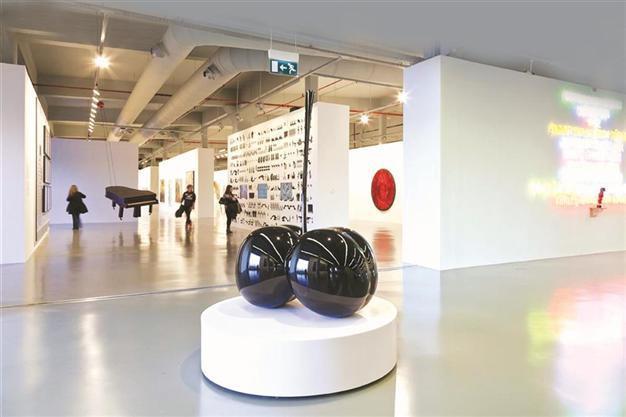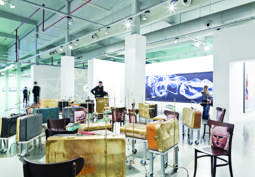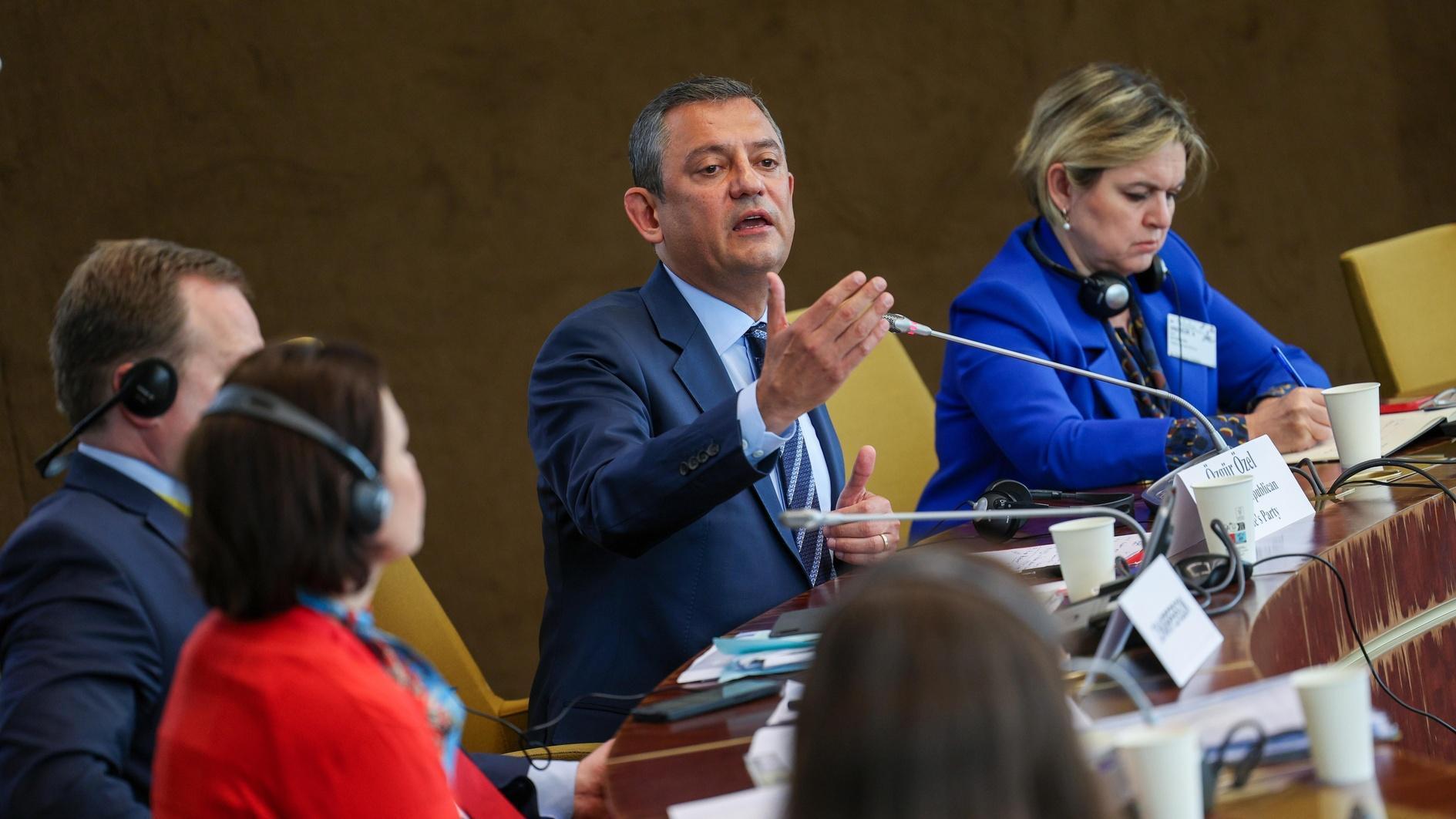Exhibit presents transformation of Turkish art
ISTANBUL - Hürriyet Daily News

Featuring 180 works by 136 artists from the museum’s varied collection, the exhibition, ‘Past and Future,’ explores the exchanges across time that are inherent in art.
Istanbul Modern has begun a new exhibition that helps highlight the links to the past that establish art museums as sites of memory, as well as their role in shaping the future through their commitment to collecting and preserving works of art.Featuring 180 works by 136 artists from the museum’s varied collection, the exhibition, “Past and Future,” explores the exchanges across time that are inherent in art. It adopts a chronological format to address the transformations of modern and contemporary art in Turkey from its beginnings to the present day.
As well as hosting 91 works that have never been exhibited before, “Past and Future” features 22 artists whose works have recently been added to the collection for the first time.
The show brings together notable examples of painting, sculpture, photography, drawing, installation and video ranging from the initial phases of modern art to contemporary practices, while also allowing the viewer to follow the history of art in Turkey from a new perspective.
 “Past and Future” includes works from the Nejat Eczacıbaşı Foundation Collection and private collections, as well as that of Istanbul Modern. It also features donations accepted by the consent of the museum’s advisory board.
“Past and Future” includes works from the Nejat Eczacıbaşı Foundation Collection and private collections, as well as that of Istanbul Modern. It also features donations accepted by the consent of the museum’s advisory board.Highlights from the new exhibition
With “Past and Future,” photographs selected from Istanbul Modern’s Photography Collection are exhibited for the first time on the permanent collection floor. They highlight visual links between various disciplines and interactions between artists.
The works of notable but forgotten artists from the history of art in Turkey are presented to new generations using contemporary language.
Besides art history references, the exhibition focuses on the most typical works of certain particularly innovative artists who contributed to major exhibitions and biennials during the artistic movements that emerged in the second half of the 1970s. It also gives priority to works that reflect the essence of everyday modern life and the interdisciplinary nature of visual culture, as well as those that challenge current macro and micro policies.
Short videos have also been produced for visitors. They can access these videos, which present commentaries by artists and critics, as well as additional information about the artwork, using their mobile phones.
Among the artists in the exhibition, Haluk Akakçe creates a dream-like realm formed by organic undulations and sharp perpendicular lines that give the effect of an optical illusion. Kutluğ Ataman’s video “Women Who Wear Wigs” shows four women who use wigs to hide and transform their repressed identities in Turkey in the 1990s.
Bedri Baykam created “Ingres, Gerome, This is my Bath” as part of an installation produced in 1987 for the first International Istanbul Biennial. Baykam adapted the left side of the work from Ingres’ Turkish Bath and the right side from Gerome’s Grand Bath at Bursa, and secretly included himself in this new painting, giving an insider’s answer to their Orientalist points of view.
Nur Koçak’s series “Cahide’s Story” takes as its starting point the biography of Turkey’s first film star, Cahide Sonku, and emphasizes how the image of the woman becomes an object of consumption in visual culture. Azade Köker’s “Landscape of Silence” explores the coexistence of reality and illusion through a forest landscape consisting of superimposed skulls.
The exhibition also brings together artists from different parts of the world, featuring works by prominent artists in the international contemporary art scene such as Tony Cragg, Richard Deacon, Richard Wentworth, Michael Raedecker, Ghada Amer, Jennifer Steinkamp, Monica Bonvicini, Pae White, Mark Bradford, Julian Opie, Thomas Ruff, Olafur Eliasson, Thomas Saraceno and Sterling Ruby.
















